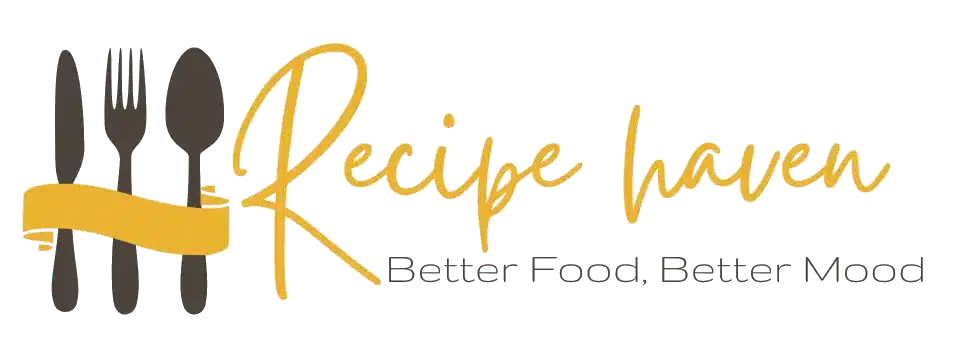
Introduction to Coho Salmon
Coho salmon, also known as silver salmon, are a prized species native to the North Pacific. These fish are renowned for their delicate flavor and are a popular choice among chefs and home cooks alike. This section explores the unique characteristics of Coho salmon that make them stand out in culinary use.
What Does Overcooking Do to Coho Salmon?
Overcooking can significantly deteriorate the quality of Coho salmon. Here’s what happens when this delicate fish is left too long on the heat:
- Texture: Overcooked salmon becomes dry and chalky.
- Flavor: The rich, buttery flavor becomes bland and unappealing.
- Nutritional Impact: Essential omega-3 fatty acids break down, reducing the health benefits.
Common Mistakes When Cooking Coho Salmon
Avoiding these common mistakes can help you preserve the integrity of coho salmon:
- Overheating: High heat can quickly dry out the fish.
- Inadequate Seasoning: Seasoning not only enhances flavor but also aids in moisture retention.
- Misjudging Cooking Time: Unlike denser meats, salmon cooks quickly and needs careful timing.
Selecting the Right Coho Salmon for Cooking
The quality of the ingredients is paramount in cooking. When selecting coho salmon, look for:
- Freshness: Bright eyes, firm flesh, and a clean smell are indicators of fresh fish.
- Sourcing: Opt for sustainably caught or responsibly farmed salmon, which is often fresher and of higher quality.

For more on the importance of ingredient quality, you might find this article on the significance of fresh ingredients useful.
Preparation Techniques Before Cooking
Proper preparation can make a significant difference in the final outcome of your coho salmon dish:
- Cleaning and Filleting: Ensure the salmon is properly cleaned and filleted to promote even cooking.
- Marinating and Seasoning: Enhance the flavor and moisture of your salmon with a suitable marinade.
- Pre-cooking Rest: Allowing the fish to rest at room temperature can help it cook more evenly.
Cooking Methods to Prevent Overcooking
Proper cooking methods are crucial to prevent overcooking coho salmon. Here are the best techniques to keep your salmon moist and flavorful:
- Oven Roasting: Slow-roasting at a low temperature helps retain moisture. Preheat the oven to 275°F and cook the salmon until it reaches an internal temperature of 125°F to 130°F.
- Pan-Searing: Start with a hot pan to sear the outside quickly, then reduce heat to allow the inside to cook gently.
- Grilling: Use indirect heat for grilling salmon. Place salmon on the cooler part of the grill and cover to cook evenly.

For more in depth cooking guide, consider visiting our Delicious Coho Salmon Recipe.
Tools and Equipment for Perfect Cooking
The right tools can make a significant difference in cooking salmon:
- Kitchen Gadgets: A fish spatula, brush for marinades, and aluminum foil can aid in handling and cooking.
- Cooking Thermometer: Essential for checking doneness without cutting into the fish.
- Foil and Parchment: Wrapping salmon in foil or parchment (en papillote) can help steam the fish gently, preserving moisture.
Advanced Techniques and Tips from Chefs
Chef’s tips can elevate your coho salmon dish to restaurant quality:
- Low-Temperature Cooking: Cooking salmon at a low temperature over a longer period can prevent overcooking.
- Moisture-Enhancing Ingredients: Add slices of citrus, dill, and butter on top of the salmon before cooking to enhance flavor and moisture.
- Flipping Techniques and Timing: Flip only once during cooking to keep the integrity of the fish. Less handling means less chance of the fish breaking apart.
FAQs: Addressing Common Queries
Here are answers to some frequently asked questions about cooking coho salmon:
- How do you know when coho salmon is perfectly cooked? The flesh should be opaque and separate easily with a fork.
- What is the best temperature to cook coho salmon to avoid overcooking? Aim for an internal temperature of 125°F to 130°F.
- Can resting the salmon before serving prevent overcooking? Yes, allowing it to rest for a few minutes after cooking can help distribute the juices evenly.
- Tips for reheating coho salmon without drying it out? Reheat gently in a covered skillet with a splash of water or wine.
Conclusion: Recap and Final Thoughts
In this comprehensive guide on how to not overcook coho salmon, we’ve covered everything from selecting the right fish to cooking it to perfection using various methods. Remember, the key is gentle cooking and constant attention. Experiment with different seasonings and methods to find what best suits your taste.
For more delicious recipes and cooking techniques, don’t forget to explore our other seafood dishes like Branzino Crab Imperial and cold smoked salmon recipes.
